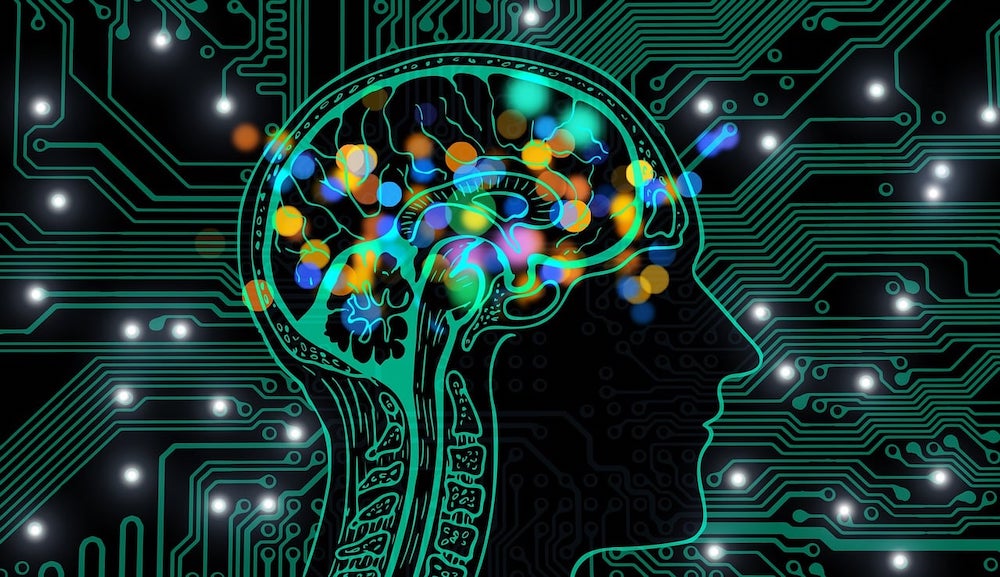Artificial Intelligence in Design Thinking Innovation
We design and facilitate live AI Innovation Workshops and Design Thinking AI Training for our clients. In this video we demonstrate how to use AI tools like Dall-E and Midjourney to create images for ideas. We also show how to use artificial intelligence ideation helper ChatGPT with these tools to develop your ideas into visual “rough prototypes” you can show and describe. Learn more in our articles:
https://www.innovationtraining.org/how-to-use-ai-to-generate-ideas/
and
https://darineich.com/demonstration-video-on-design-thinking-ideation-how-to-ideate-to-innovate-with-ai-and-chatgpt/
We created this video as a new module for our How to use AI for Ideation and Innovation online course that is a part of our innovation facilitator training program: https://innovation.teachable.com/p/train-the-trainer-innovation-design-thinking-facilitator-program
How to Use AI to Create Idea or Concept Visuals and Rough Prototype Images
Introduction
Integrating chat tools like ChatGPT with image tools like DALL-E allows you to create idea visuals and prototype images rapidly. This guide will help you use these AI tools to go from concept ideation to early-stage visualization, streamlining the creative process. We will use ChatGPT and DALL-E as the examples but you can use any chat and image tools for similar results. Here’s a detailed guide to this AI design process.
Step 1: Define the Concept with ChatGPT
Start with a Brief Outline: Begin by understanding the client’s needs. Ask questions such as:
- What problem does this concept aim to solve?
- Who is the target audience?
- What functionalities or features are crucial?
- Are there any specific aesthetics or styles in mind?
Leverage ChatGPT for Brainstorming: Use ChatGPT to brainstorm different iterations of the concept. For example:
- Request ChatGPT to create “10 variations of a new ergonomic coffee mug for tech professionals.”
- Ask for features to consider, like materials, shapes, and color schemes.
Refine the Idea: Once you have several potential ideas, use ChatGPT to explore each one in more depth. This might involve:
- Listing pros and cons of each idea.
- Envisioning potential user interactions with the product.
- Creating brief descriptions that capture each concept’s unique value.
Example ChatGPT Prompt:
“Generate 3 unique design ideas for a sustainable water bottle with an emphasis on compactness, ease of use, and aesthetic appeal.”
Step 2: Translate Concepts into Visual Descriptions
With a solid concept from ChatGPT, create a descriptive prompt to guide DALL-E in generating visualizations.
Draft a Visual Prompt: Take the idea generated by ChatGPT and convert it into a detailed visual prompt. Focus on:
- Key features (e.g., “stainless steel material, sleek design”).
- Style (e.g., “modern, minimalist”).
- Specific elements (e.g., “handle with a rubber grip” or “compact design with a matte finish”).
Use Specific Language: The more precise you are, the closer DALL-E’s output will be to your concept. Try to avoid ambiguity and include colors, textures, or any design specifics.
Example DALL-E Prompt:
“Generate a compact, sustainable water bottle designed for tech professionals, with a sleek stainless steel finish, a rubber grip handle, and a modern, minimalist aesthetic.”
Step 3: Create Multiple Iterations and Refine
DALL-E allows for the generation of multiple image variations, making it easy to review and refine designs.
- Generate a Series of Images: Create several images based on your initial prompt to see different visual interpretations.
- Assess the Designs: Evaluate the images based on the original concept and client requirements. Note any elements that are either missing or could be improved.
- Refine with Feedback: If necessary, adjust your prompts based on the initial results. You may specify new features or experiment with different aesthetic choices until you achieve the desired look.
Step 4: Present the Concepts to the Client
Present multiple options to give the client a range of visuals for each concept. Here are some strategies for presenting AI-generated concept visuals:
- Organize by Variation: Group images by concept or design variation to showcase alternative approaches.
- Highlight Key Features: Add notes or annotations pointing out specific features that align with the client’s objectives.
- Seek Client Feedback: Encourage the client to provide feedback on each variation, which can then guide further refinement using ChatGPT and DALL-E.
Step 5: Iterate and Finalize the Prototype
Once the client has selected a preferred design:
- Request Specific Edits with DALL-E: Use DALL-E’s capability to incorporate final tweaks, such as color adjustments or specific features.
- Generate Detailed Visuals: If available, generate a series of more detailed prototype images that showcase different angles or use-case scenarios.
- Consider Next Steps: For a realistic prototype, you might explore 3D modeling tools based on the visuals created with DALL-E or prepare for a physical prototype based on these digital renderings.
Conclusion
Using ChatGPT and DALL-E together, you can streamline the creative process from ideation to visualization, providing clients with compelling and realistic images for their concepts. This AI-driven approach saves time, enhances creativity, and allows for a collaborative, iterative design process that’s highly adaptable to client feedback and evolving requirements.
